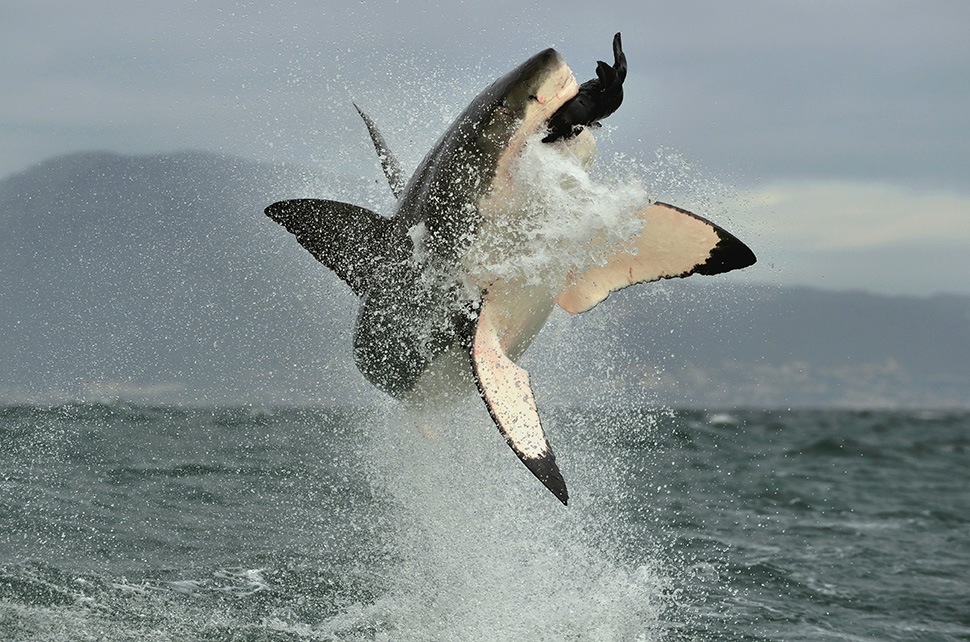Seals, Sharks, and Swimmers, Are You Serious? Navigating Cape Cod’s Unique Marine Environment
Cape Cod, a renowned summer destination known for its picturesque beaches and charming seaside towns, is experiencing a unique ecological phenomenon. The area’s strict protection of seal populations has led to an unexpected visitor: the great white shark. This new dynamic is causing quite a stir among locals and tourists alike, as Cape Cod is also a beloved spot for swimming and water activities.
The Cape Cod Conundrum
Cape Cod has seen a significant increase in its resident gray seal population in recent years, thanks to conservation efforts and protective regulations. These seals, in turn, have attracted one of their natural predators, the great white shark, turning the waters off Cape Cod into a bustling hub of marine activity. While the resurgence of this species is a sign of a healthy ecosystem, it presents a unique challenge for the area, balancing wildlife protection with human safety.
Swimmers and beachgoers are now sharing the waters with some of the ocean’s most formidable creatures, leading to increased sightings and encounters. While attacks are rare, the presence of great white sharks has raised concerns about water safety and has impacted local tourism and recreation.
A New Era of Marine Monitoring with WatchSpotter
In response to these developments, monitoring and understanding the movements and behaviors of both seals and sharks have become a priority. This is where WatchSpotter, a comprehensive data collection solution, comes into play.
WatchSpotter: Enhancing Marine Safety and Research
WatchSpotter offers an innovative approach to tracking marine life, including seals and great white sharks. Integrating advanced sensing technologies and a robust data platform provides real-time insights into these animals’ whereabouts and activities.
Researchers and marine biologists can use WatchSpotter to collect and analyze data on seal populations and shark movements around Cape Cod. This information is crucial for developing strategies to manage interactions between marine wildlife and humans, ensuring safety without compromising these species’ natural behavior and habitats
Moreover, WatchSpotter’s data can inform the public and local authorities about shark activity near popular beaches, enabling timely alerts and safety measures. This not only helps safeguard beachgoers but also aids in educating the public about the marine ecosystem and the importance of coexistence with wildlife.
In Conclusion
Cape Cod’s unique situation, with its thriving seal and shark populations alongside a bustling human presence, exemplifies the complex interplay between conservation, wildlife, and human activity. By leveraging tools like WatchSpotter, we can better understand this dynamic, promoting safety, conservation, and informed interaction with the marine environment. As we navigate these waters, the balance between enjoying nature’s beauty and respecting its inhabitants remains paramount, ensuring that Cape Cod continues to be a place where seals, sharks, and swimmers can coexist.

